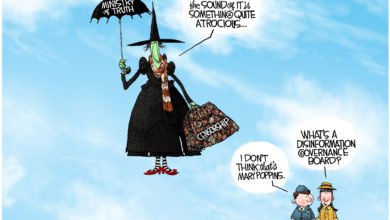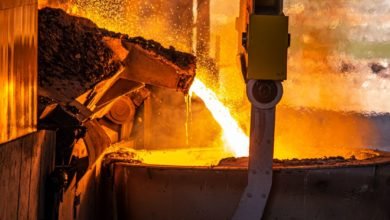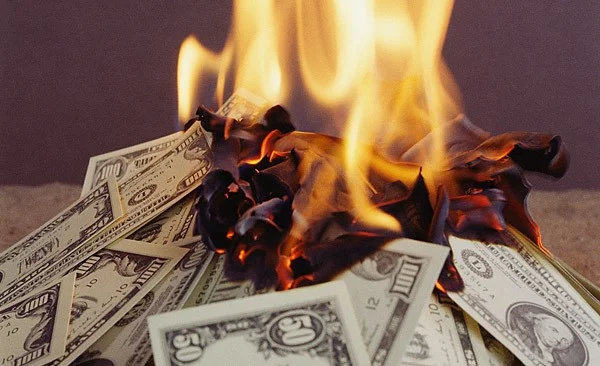How the heck do caucuses work?
It would seem that the caucus system of selecting candidates is a bit confusing and a cadre of videos and written explanations have surfaced to help everyone understand just how the heck caucuses do what they do.
Where do I go to Caucus?
Caucusing locations are not necessarily the same place voters normally go to vote. Instead, consult the party website below of the party you intend to caucus for:
Republican Party Caucus Locations
Democratic Party Caucus Locations
What time does it start?
The caucus officially starts at 7pm sharp. Depending on whether you are participating in the Democrat or Republican process, your time commitment may range from 30 minutes to a few hours.
How does caucusing work?
First up – Vermont Public Radio – which took a Sesame Street approach to explaining the democratic party caucus – with legos:
NPR explains the Democratic caucus in a bit more detail:
- There’s a call to order.
- A caucus chair and secretary are elected.
- Supporters make the case for their candidates.
- Caucusgoers separate into groups in corners or parts of the room for their candidates of choice. (It’s kind of like a junior-high dance, if the kids weren’t so petrified of each other.)
- When the groups are formed, the elected chair adds up how many supporters are in each cluster.
- Each candidate has to meet a viability threshold of 15 percent. That means the number of people in the cluster has to be at least 15 percent of all the participants in the room. (This has the most relevance this year to former Gov. Martin O’Malley, D-Md., who hasn’t polled above single digits in the state. If there are 100 people caucusing and, of them, 14 or fewer say they’re voting for O’Malley, then O’Malley would get zero delegates out of that precinct.)
- If a candidate is determined not to be viable, that candidate’s supporters have to choose another candidate. In the example above, O’Malley’s 14 people have to “re-caucus” and can choose Sanders or Clinton (or someone else who clears the threshold).
- During the re-caucusing process, supporters from the viable candidates try to sway the nonviable candidate’s voters to their side.
- Once the re-caucusing is settled and all remaining candidates are deemed viable, the numbers are tallied. (This year, those results will be sent in using an app built by Microsoft.)
- Delegates and alternates are selected to attend county conventions.
- Party business is conducted, including elections to committees, and platform resolutions are introduced.
- The 1,683 precinct caucuses produce 11,065 delegates. They are eventually filtered to 44 national convention delegates after county (March 12), congressional district (April 30) and state (June 18) conventions. They are not related to the caucus night vote in any way except to nominate that first round of 11,065.
For the Republican side, the 15% rule disappears and things are done by “straw vote.”
Step 1 – Republican party members will meet in one of the 1,784 precincts in Iowa, which are designated schools, public buildings, and private homes to elect caucus delegates. To determine meeting locations, individuals may contact their County Party Chair or State Party Headquarters.
Step 2 – At the individual Republican caucus meetings, a straw poll is taken by secret ballot to influence the delegate.
Step 3 – One person = one vote. The straw poll is an informal type of voting where the local votes are tabulated to gauge opinion.
Step 4 – The tabulated votes from the local precinct straw polls are sent to the state party headquarters to announce the winner of the straw poll popular vote, and hopefully influence the selection of delegates. This concludes the Republican participation in the caucuses.
Next, the Republican party will begin the process of selecting the 41 delegates that will represent the state of Iowa.
Step 5 – After the caucuses in each county, a County Convention will be held to select the delegates for the District Convention, using the influence of the straw poll as a guide.
Step 6 – After the County Convention, a District Convention will be held in which all of the counties in that political district will decide on just 3 delegates to represent each district. There are 6 districts in Iowa for a total of 18 delegates.
Step 7 – The State of Iowa Republican Convention will decide upon a total of 23 more delegates, along with the 3 additional delegates per district, for a sum total of 41 delegates who will represent the candidates in the National Convention, at which the official Presidential Candidate for the Republican party will be decided.
Ivanka Trump explains the process in simplified terms – especially if you already know you want to caucus for her dad…
https://youtu.be/_Otk1FRbNR8
See! That’s all there is to it… or something.




